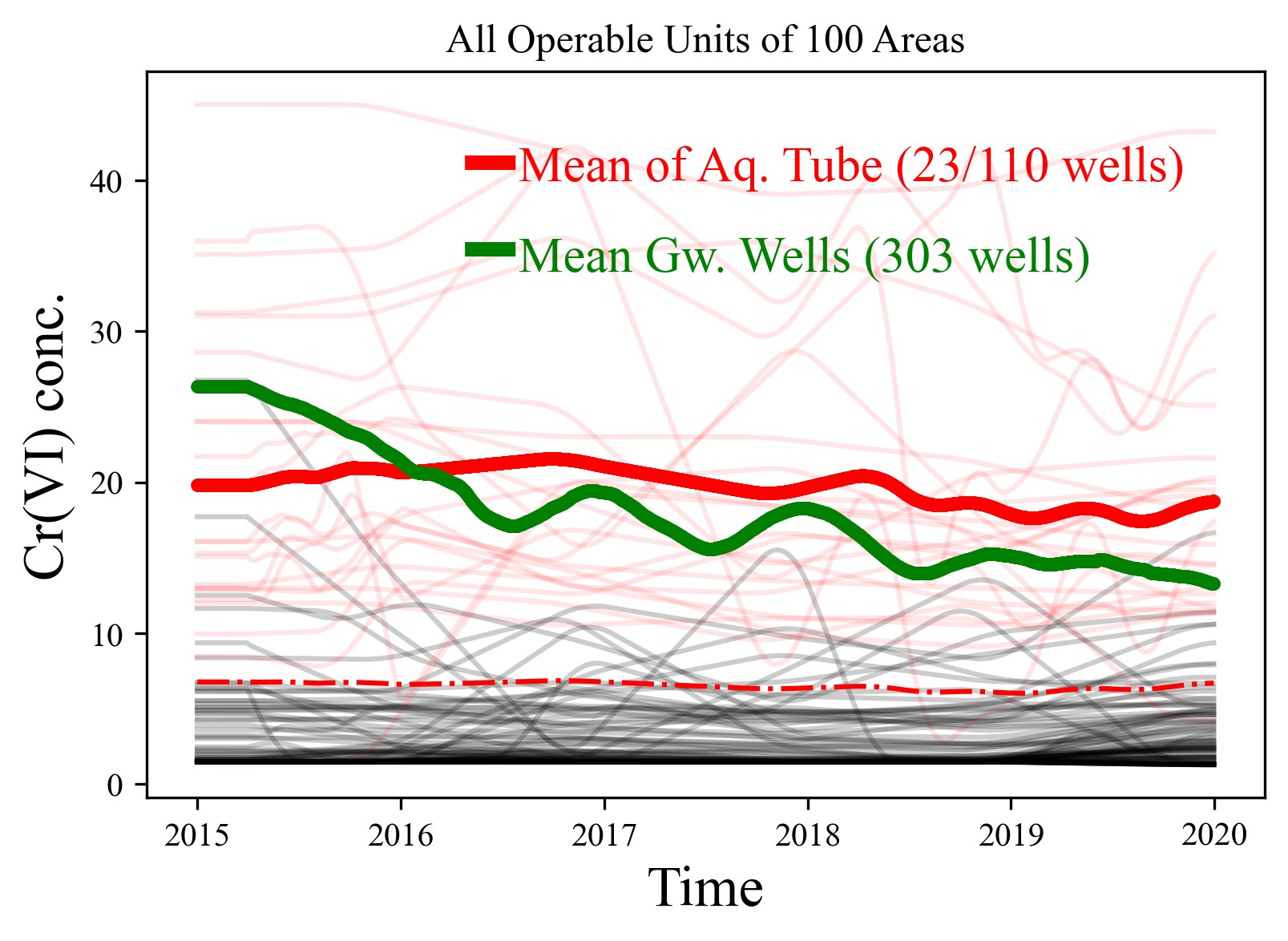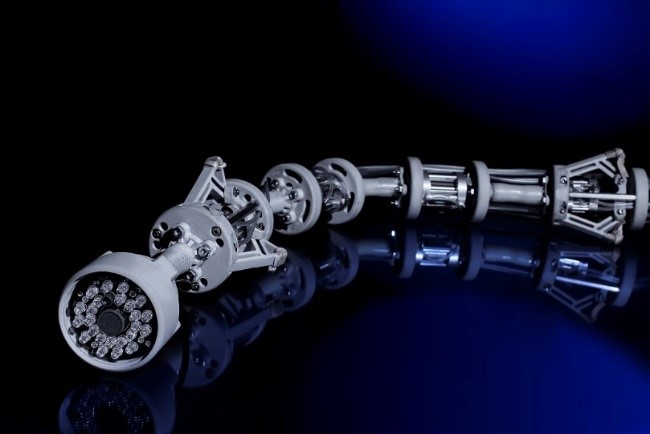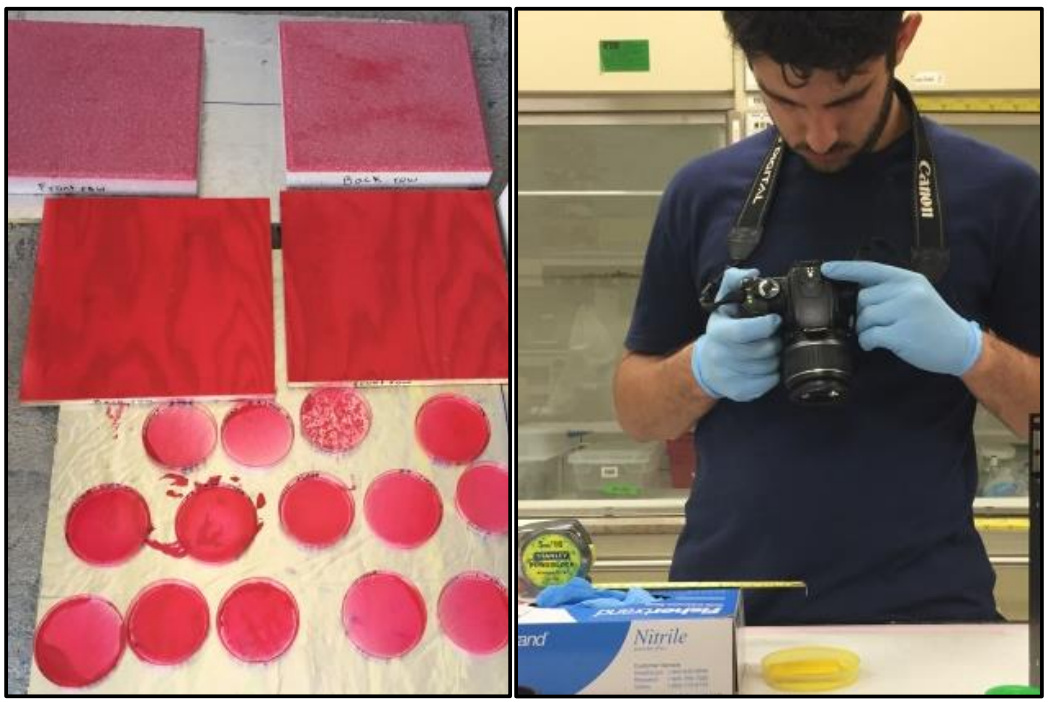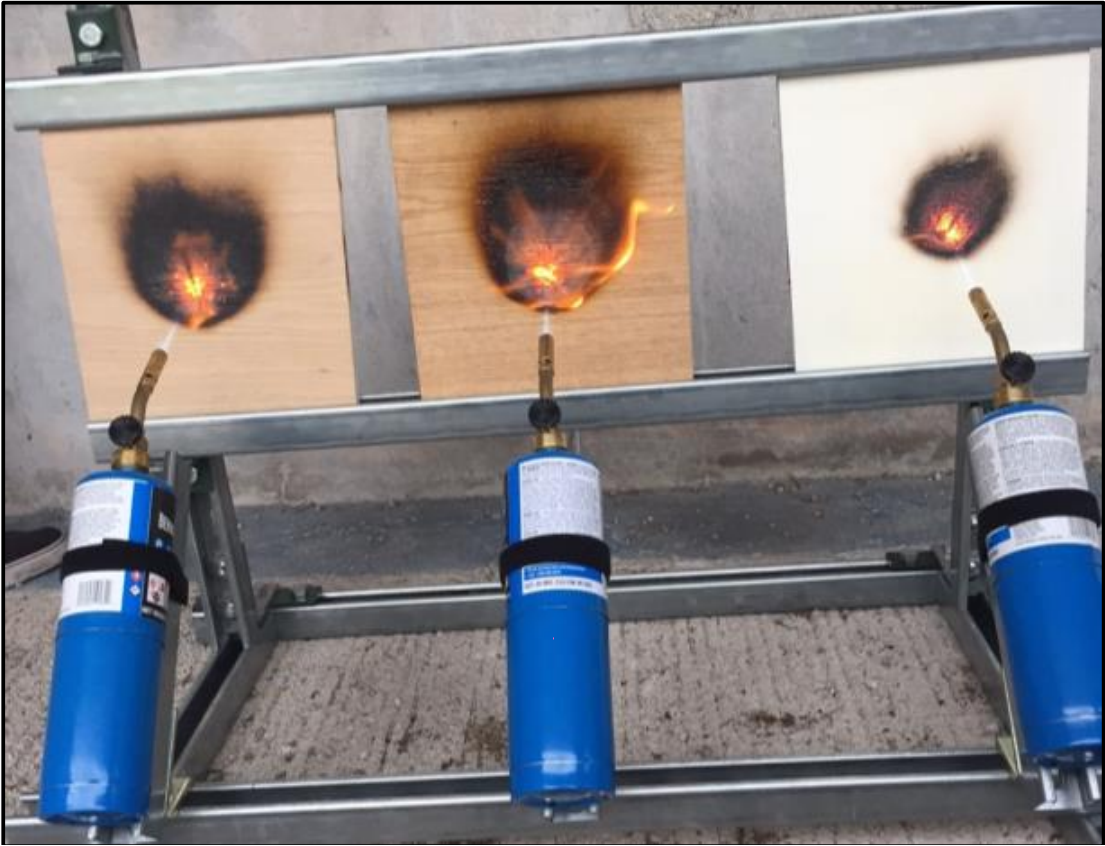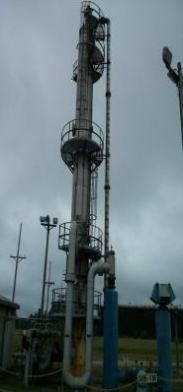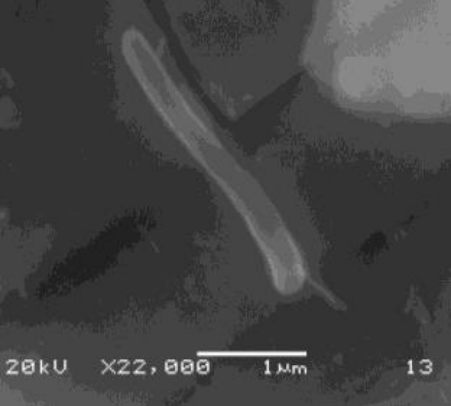Artificial Intelligence for EM Problem Set (D&D)

Structural Health Monitoring of D&D Facility to Identify Cracks and Structural Defects for Surveillance and Maintenance Structural health monitoring is imperative to the ongoing surveillance and maintenance (S&M) across the DOE complex. As these facilities await decommissioning, there is a need to understand the structural health of these structures. Many of these facilities were built over 50 years ago and, in some cases, these facilities have gone beyond operational life…

